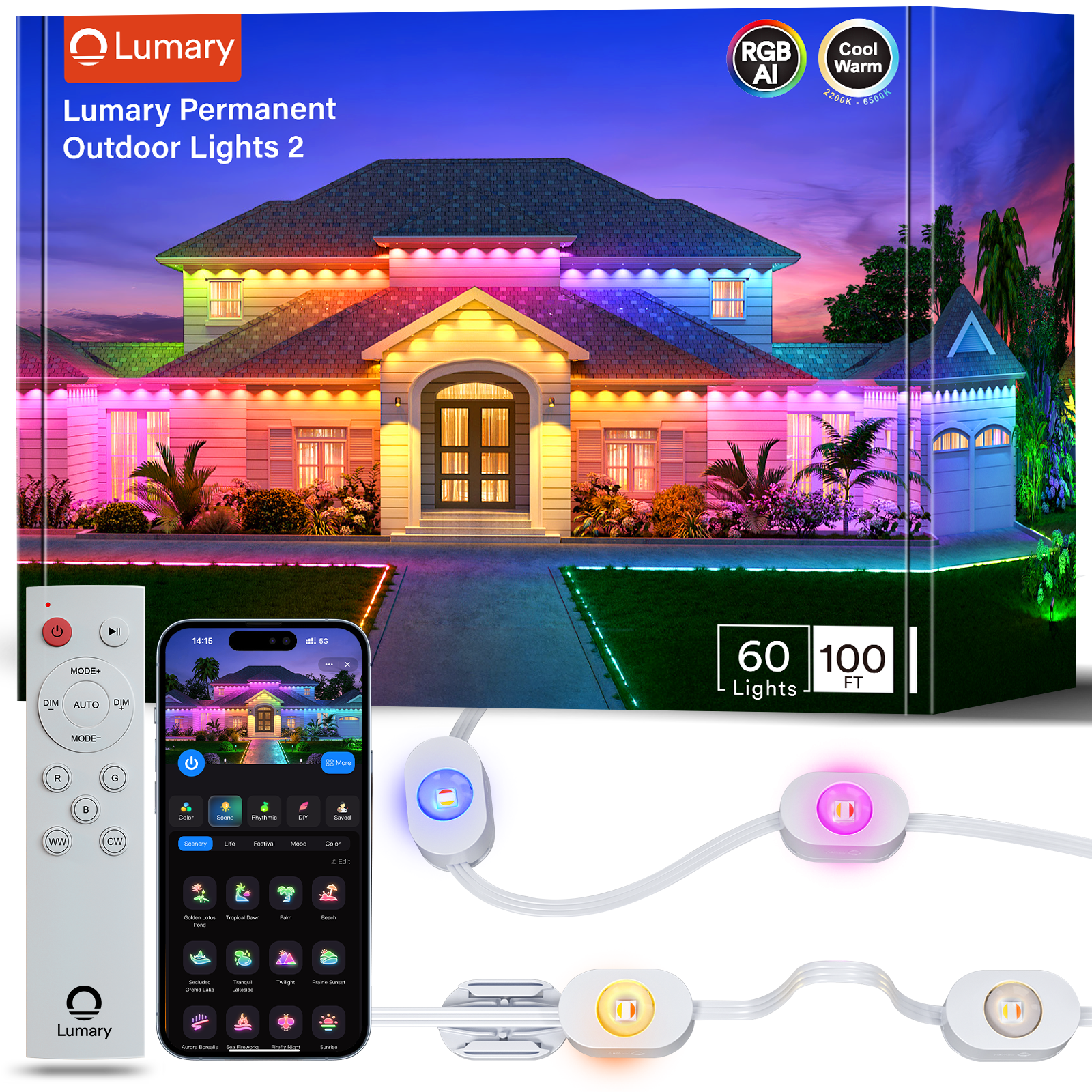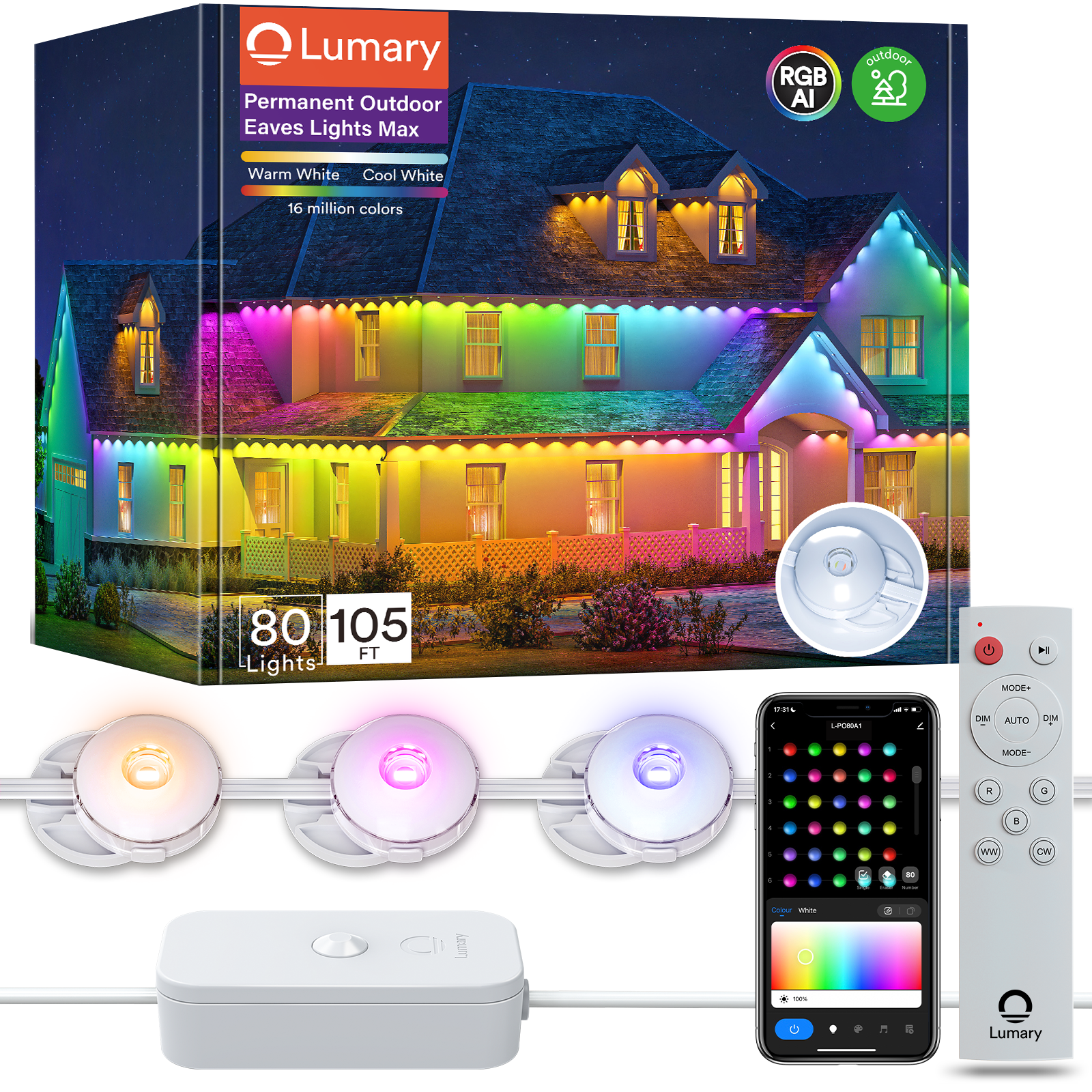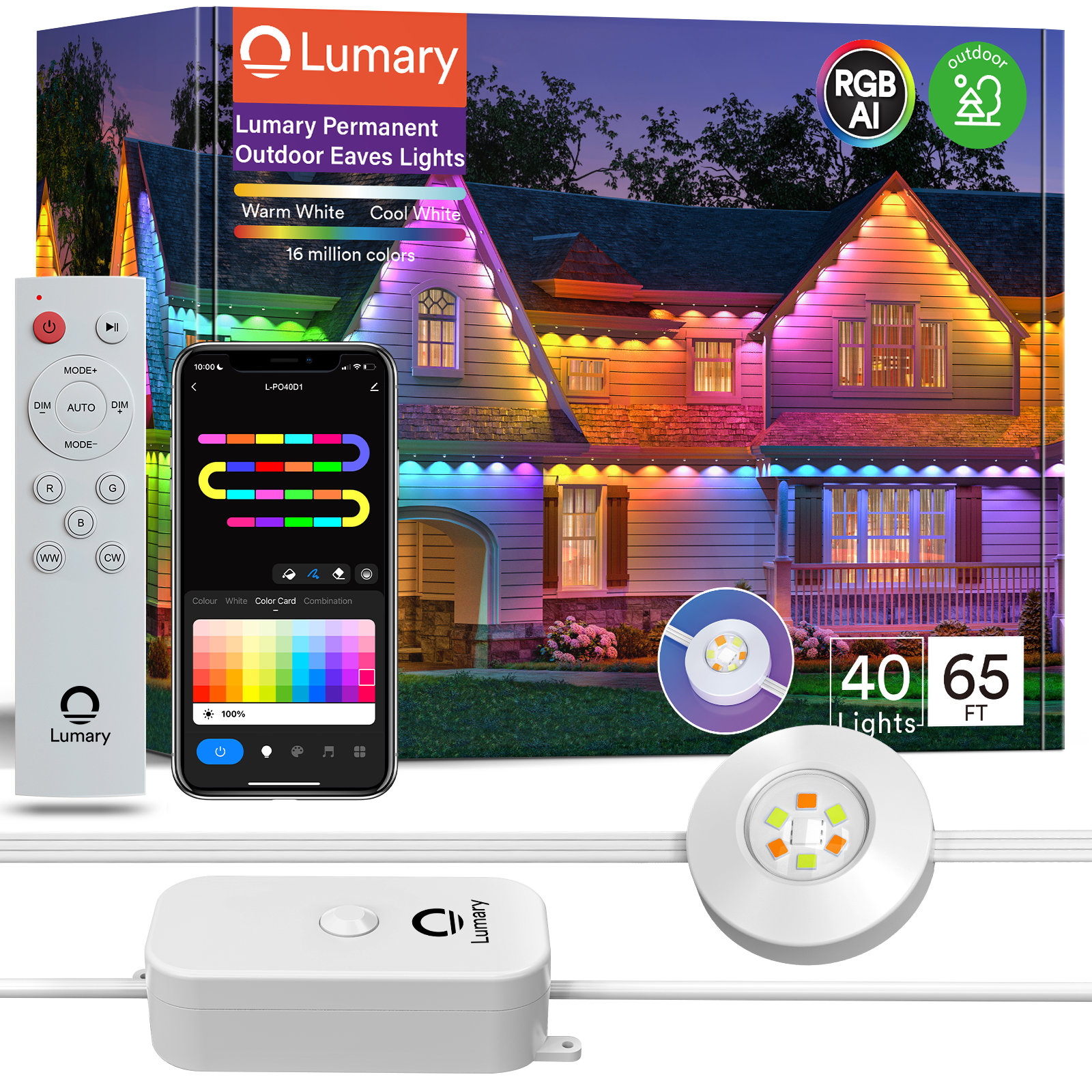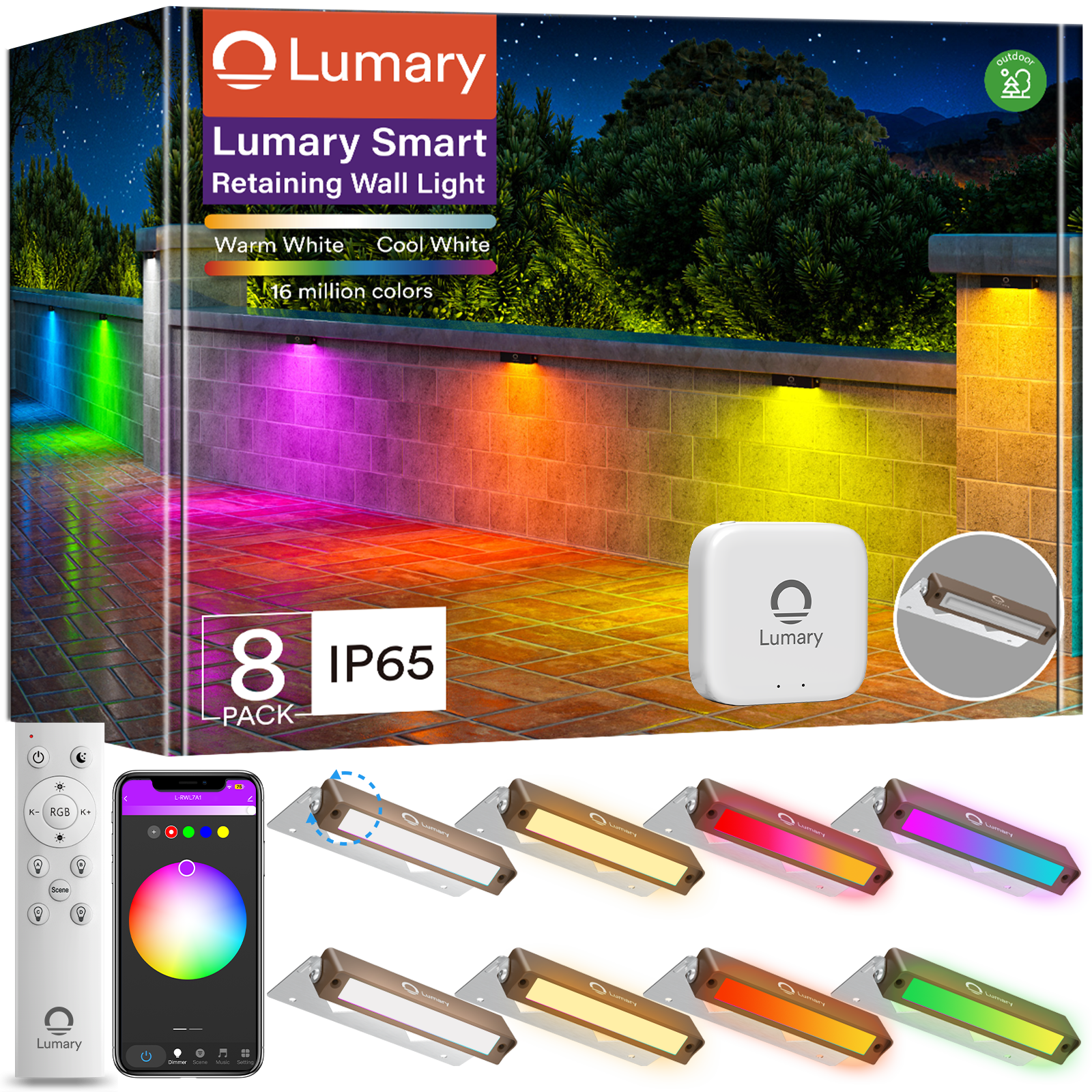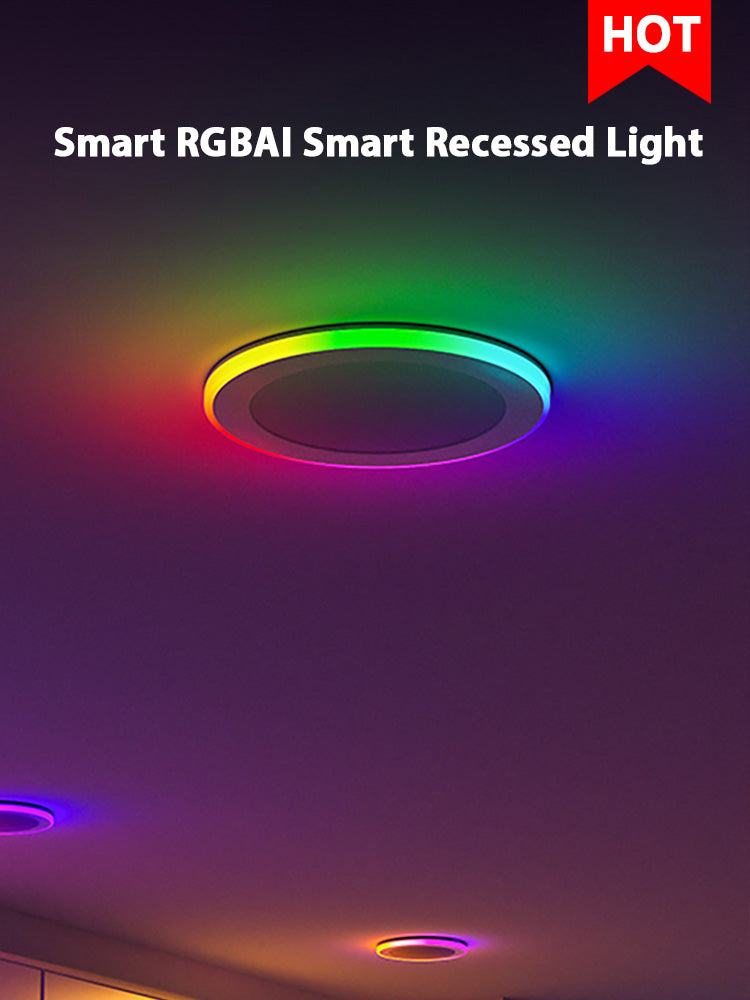Switching to LED can light bulbs from regular ones seems small but matters. LED can light bulbs use 75% less energy than old-style bulbs. They also last 25 times longer, so you buy them less often. LED can light bulbs give 78 lumens per watt, while older bulbs give 40 lumens. This means LED can light bulbs are brighter and use less power. By 2035, energy savings could equal the work of 92 power plants. Lower bills and less waste make LED can light bulbs a smart choice.
Energy Efficiency of LED Can Light Bulbs
How LED Lighting Saves Energy
LED lights are great for saving energy. Unlike old bulbs, LEDs turn most electricity into light, not heat. This means less wasted energy and brighter light. High-quality LEDs use 75% less energy than regular bulbs. That’s a big improvement! They’re also naturally efficient, making them ideal for solar power or energy-saving setups.
Here’s a cool fact: switching to LEDs could cut global lighting energy use by 30-40% by 2030. That’s good for your wallet and the planet. Using LED lights lowers your bills and helps create a greener future.
Want to know how much energy you can save? LEDs can use up to 90% less energy than old incandescent bulbs. It’s like swapping a gas car for an electric one—smarter and more efficient.
Comparing LED and Conventional Bulbs
How do LEDs compare to regular bulbs? The difference is huge. LEDs are up to 80% more efficient. They turn 95% of energy into light, while old bulbs waste most energy as heat. LEDs are brighter, cooler, and safer to use.
Here’s a simple comparison:
|
Bulb Type |
Efficiency |
Light Conversion |
Heat Output |
|---|---|---|---|
|
LED |
80% better |
95% |
Low |
|
Incandescent Bulb |
Poor |
10-20% |
High |
LEDs also use much less electricity. Old bulbs only turn 10-20% of energy into light, but LEDs reach 80%. That’s a big jump in efficiency! Over time, you’ll save a lot on energy costs.
Here’s why LEDs are the best choice:
-
They use up to 90% less energy than old bulbs.
-
They last longer, so you replace them less often.
-
They work well in homes, offices, and other places.
Choosing LEDs isn’t just about better lighting—it’s a smart way to save money and help the environment. Whether you want brighter spaces, lower bills, or a greener lifestyle, LEDs are the way to go.
Lifespan and Maintenance of LED Lights
Durability of LED Can Light Bulbs
When it comes to durability, LED can light bulbs are in a league of their own. They’re built to last, offering a long lifespan that far outshines conventional bulbs. Standard LED bulbs can last between 15,000 to 25,000 hours, while high-quality ones can reach up to 50,000 hours. Some specialized LED lights, like streetlights, can even hit the 100,000-hour mark. Compare that to incandescent bulbs, which typically burn out after just 1,000 to 2,000 hours, and the difference is staggering.
Here’s a quick look at how different types of LED lights stack up:
|
Bulb Type |
Estimated Lifespan (Hours) |
|---|---|
|
Standard LED Bulb |
15,000 – 25,000 |
|
High-Quality LED Bulb |
35,000 – 50,000 |
|
LED Tube Light |
30,000 – 50,000 |
|
LED Streetlight |
50,000 – 100,000 |
|
Outdoor LED Bulb |
10,000 – 30,000 |
This extended lifespan means fewer replacements and less hassle for you. Plus, LEDs are designed to handle real-world conditions better than traditional bulbs. However, it’s worth noting that factors like heat and improper dimming can reduce their lifespan. Over 60% of LED failures are due to issues with components like driver circuitry, not the LED itself. So, choosing high-quality LEDs and using them correctly can make a big difference.
Replacement Frequency of Conventional Bulbs
If you’re tired of constantly replacing burnt-out bulbs, LEDs are the solution. They last up to 25 times longer than incandescent bulbs, which means you’ll spend less time and money on replacements. For example, over 25,000 hours of use, you’d need to replace a conventional bulb more than 20 times. With an LED, you’d only need one.
Here’s a comparison of replacement frequency:
|
Bulb Type |
Replacement Frequency (over 25k hours) |
|---|---|
|
Conventional Bulbs |
20+ |
|
LED Bulbs |
1 |
In spaces where lights are used less frequently, like guest rooms or storage areas, LEDs can last over a decade. This extended lifespan makes them especially useful for hard-to-reach fixtures, saving you the trouble of climbing ladders or hiring help. With LEDs, you get reliable lighting that keeps shining for years.
Environmental Impact of LED Lighting

How LED Technology Helps the Environment
Using LED lights is better for the environment in many ways. LEDs are very efficient, turning most energy into light and wasting little as heat. This means they use less power, which helps cut down on greenhouse gases. Unlike older bulbs, LEDs don’t have harmful stuff like mercury, so they’re safer to throw away or recycle. They also last much longer, so fewer bulbs are made and thrown out.
LEDs are tough and can handle extreme weather or shaking without breaking. This makes them last even longer and create less trash. Plus, LEDs don’t give off UV rays, which keeps people safe and protects things like clothes and art from damage. Choosing LEDs isn’t just about saving energy—it’s about helping the planet stay clean and green.
Here’s why LEDs are eco-friendly:
-
Use up to 80% less energy than old bulbs.
-
No dangerous materials like mercury.
-
Last longer, so less waste is created.
-
No UV rays, keeping people and items safe.
-
Smaller carbon footprint than regular bulbs.
Less Waste Compared to Old Bulbs
LEDs create much less waste than older bulbs. For the same brightness, LEDs use only 12.5 watts, while old incandescent bulbs need 60 watts. This saves energy and reduces pollution from power plants. Since LEDs last up to 25,000 hours, you won’t need to replace them often. In comparison, old bulbs burn out after just 1,000 hours. That means one LED bulb replaces 25 old ones, keeping more trash out of landfills.
Also, LEDs can be recycled and don’t have harmful chemicals. Some older bulbs, like CFLs, have mercury, which can hurt the environment if not handled right. LEDs avoid this problem, making them a safer and greener choice. As LED technology gets better, it will save even more energy and cut waste by up to 50% in the next few years.
Switching to LEDs isn’t just about better lighting—it’s a way to help the Earth. A small change like this can make a big difference.
Cost-Effectiveness of LED Can Light Bulbs
Upfront Costs vs Long-Term Savings
When you first look at the price tag, LED can light bulbs might seem expensive. They typically cost between $5 and $20 per bulb, while traditional lighting options like incandescent bulbs are much cheaper, ranging from $1 to $3. But don’t let the upfront cost scare you off. The real magic of LED bulbs lies in their long-term savings.
Here’s why: LED bulbs are incredibly energy-efficient. They use far less electricity than traditional lighting, which means lower energy bills for you. Over time, this adds up to significant cost savings. Plus, LED bulbs last much longer—up to 25,000 hours compared to just 1,000 hours for incandescent bulbs. This means you’ll replace them far less often, saving money on maintenance and replacements.
Let’s break it down in a simple table:
|
Aspect |
LED Bulbs |
Incandescent Bulbs |
|---|---|---|
|
Initial Cost |
$5 to $20 |
$1 to $3 |
|
Energy Consumption |
Lower |
Higher |
|
Lifespan |
Longer |
Shorter |
|
Maintenance Costs |
Reduced due to longevity |
Higher due to frequent replacements |
|
Long-term Savings |
Significant energy savings |
Minimal savings |
As you can see, while LED bulbs cost more upfront, their energy efficiency and durability make them a smarter investment. Think of it like buying a high-quality pair of shoes. You pay more initially, but they last longer and save you money in the long run.
Tip: If you’re switching to LED lighting, consider starting with the rooms where lights are used the most, like your kitchen or living room. This way, you’ll see the cost savings faster.
Return on Investment with LED Lighting
Switching to LED lighting isn’t just about saving money—it’s about getting a great return on your investment. Let’s say you replace all the incandescent bulbs in your home with LED bulbs. While the upfront cost might feel steep, the energy savings you’ll see over time will more than make up for it.
For example, if you use an LED bulb for 25,000 hours, it could save you hundreds of dollars in energy costs compared to a traditional bulb. Multiply that by the number of bulbs in your home, and the savings become even more impressive. Plus, because LED bulbs last so long, you won’t have to spend money on replacements for years.
Here’s another way to think about it: LED bulbs are like energy-efficient lighting machines. They convert most of the energy they use into light, not heat, which means less wasted energy and more savings for you. Traditional lighting, on the other hand, wastes a lot of energy as heat, making it less efficient and more expensive in the long run.
Did you know? According to a light comparison guide, switching to LED-only fixtures can reduce your lighting costs by up to 80%. That’s a huge difference!
By choosing LED can light bulbs, you’re not just saving money—you’re also making a choice that’s better for the environment and your wallet. It’s a win-win situation.
Brightness and Compatibility of LED Lights
Brightness Levels and Color Options
LED lights let you pick how bright or colorful they are. You can choose different brightness levels, measured in lumens, to match your needs. Want soft light for a bedroom? LEDs can do that. Need bright light for working? LEDs can do that too. For example, a 60-watt regular bulb gives 800 lumens, but an LED uses less energy for the same brightness.
LEDs also offer many color choices. Color temperature, measured in Kelvin (K), helps you pick the right shade. Warm yellow light, like 2700K, is great for relaxing. Cool blue light, around 5000K, helps you focus. Some LEDs even let you change colors with a remote or app. This makes them perfect for any mood or activity.
Tip: Want adjustable brightness? Look for "dimmable" LED bulbs. Use them with dimmer switches for the best experience.
Compatibility with Existing Fixtures
LED lights work with most fixtures, so switching is easy. You can use them in recessed lights, chandeliers, or desk lamps. Tests and standards make sure LEDs are safe and perform well.
Here are some key standards for LED compatibility:
|
Compatibility Standard |
What It Ensures |
|---|---|
|
EPA Energy Star Program Requirements |
Dimming and noise control |
|
NEMA SSL-7A-2015 |
LED product compatibility guidelines |
|
NEMA-77-2017 |
Extra compatibility checks |
|
UL1993 or CSA-C22.2 No. 1993-17 |
Safety and performance requirements |
These rules mean LEDs work well in most fixtures without flickering or overheating. Still, check the box for details, especially if using dimmers or older fixtures.
Note: If you’re upgrading fixtures, pick LED-specific designs for better results.
Deciding between LED can light bulbs and regular bulbs depends on what matters to you. LEDs have big advantages like saving energy, lasting longer, and being better for the environment. They cost more at first but save money later and make less trash. Regular bulbs are cheaper to buy but don’t last as long and use more power.
Consider what you need. If you want to save money and help the planet, LEDs are a smart pick. A light comparison guide can help you see the pros and choose the right option for your home or office.


